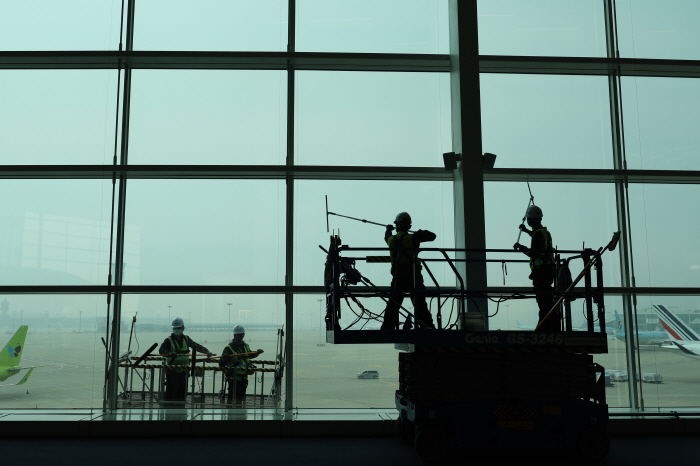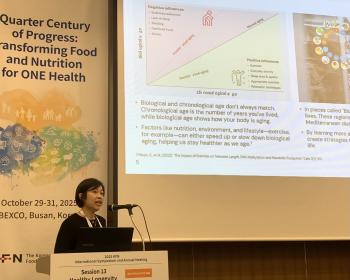Cancer Survivors Have Higher Risk of Osteoporosis from Exposure to Air Pollution
Mar 31, 2025
|
According to the National Cancer Center, 2,245 Korean cancer survivors and 6,732 healthy people were found to be linked to air pollution and osteoporosis, respectively. The study was jointly conducted by Hwang Ju-yeon (first author) of the National Cancer Center Data Combination Team and Kim Kyung-hyun (first author) of Sungkyunkwan University Medical School's social medicine class, and was published in Preventive Medicine, a leading journal in the field of preventive medicine.
Osteoporosis, a representative metabolic and aging bone disease, has a global increase in related complications and mortality, so the identification of controllable risk factors is very important in terms of prevention. Although studies have been conducted that environmental factors, including air pollution, are related to the occurrence of osteoporosis, the results are different depending on the race, gender, and presence or absence of underlying diseases of the study participants, making it difficult to establish health vulnerable groups according to air pollution and to prepare customized prevention and management guidelines.
In particular, cancer survivors are classified as vulnerable groups with a very high risk of osteoporosis due to progression of bone loss and decreased bone density after cancer treatment.
Using data from the 4th period (2007-2009), the 6th to 8th periods (2015-2021), and related air pollution data, the research team analyzed whether each group had different risks of osteoporosis due to air pollution.
As a result of the study, this association was not clearly observed in healthy people, but cancer survivors were found to be associated with a high risk of osteoporosis when exposed to fine dust for a long time. In particular, an increase in the annual average concentration of ultrafine dust (PM2.5) and fine dust (PM10) in female cancer survivors by 4μg/m3 and 8μg/m3, respectively, increases the risk of osteoporosis by about 1.25 and 1.29 times, respectively.
This article was translated by Naver AI translator.














